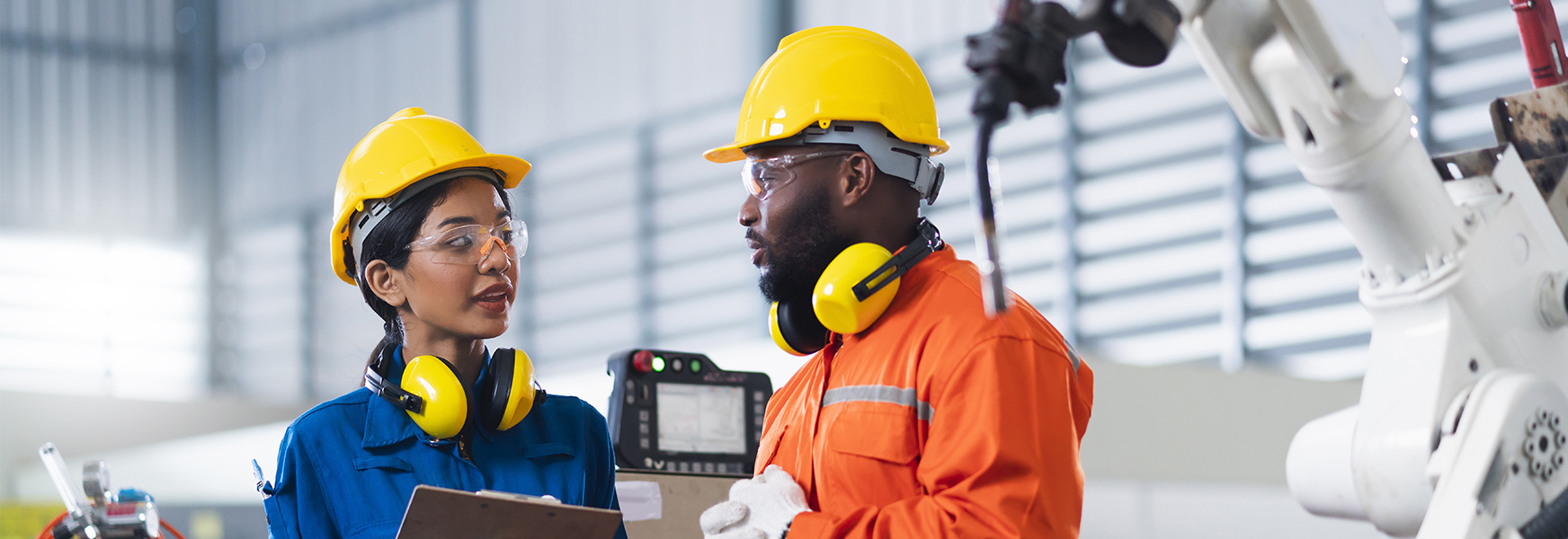Working Safely; It’s the Right Thing to Do

I recently came across this quote, author unknown: “Working safely may get old, but so do those who practice it.” This reminded me of a couple more adages from my aviation industry career.
“There are old pilots and bold pilots, but no old, bold pilots.”
“Aviation in itself is not inherently dangerous. But to an even greater degree than the sea it is terribly unforgiving of any carelessness, incapacity, or neglect.”
So, this all got me thinking about workplace safety and the difficulty of maintaining a high-profile safety program. It surely can become “old” and less impactful over time especially if the organizational culture tolerates the “carelessness, incapacity, or neglect.” Unfortunately, it is often brought to the forefront only after a serious incident or injury. Of course, the goal is to prevent those incidents so staying on top of safety culture development is critical to success.
Successful safety programs are inclusive; everyone in the organization has a role to play. It starts at the top with senior leadership and works its way down to the most recent new-hire employee. This must be genuine involvement, not just lip service. Simply hanging a “Safety is Job 1” poster in the workplace is not going to make any significant impact. But combining that safety image with leadership setting the example, managers asking how they can support the team effort, supervisors setting clear expectations and holding people accountable, and each employee engaging in safe behaviors will bring about the results we all hope for.
Here are a few tips to consider as you work to improve your safety culture:
- Include safety in every team meeting. Make the safety message part of your organization’s everyday structure and every activity.
- Spread the safety-related workload amongst each employee. Rotate people on the safety committee, assign different individuals to conduct safety training, and involve everyone in safety audits or site surveys. This sends the message that everyone is responsible for safety.
- Hold workers accountable for safety policies and best practices. Never accept excuses or shortcuts. Long-term success comes only with consistent enforcement.
- Safety incentive programs can be effective, but only when used to promote safe behaviors. Do not pay people to avoid getting hurt- this can repress injury reporting. Instead, “catch someone doing something right.” Reward safe behaviors, hazard recognition, safety committee participation, and other proactive safety activities.
- Safety is not just for high hazard occupations. Office ergonomic related soft tissue injuries and slip/fall injuries can happen in any environment. Be proactive in your ergonomics program by providing the right equipment and requiring its proper use. Conduct outdoor audits to find slip, trip, and fall hazards, then create a priority list for those issues to be remedied before someone falls.
I’ve never met anyone who wanted to be hurt at work. Millions of people went to work today thinking they would return home safe and sound. However, according to the U.S. Bureau of Labor Statistics, on any given workday in this country 15 people will die on the job and another 7,600 will suffer non-fatal injuries. These are preventable occurrences and employers have a moral, legal, and financial responsibility to protect those who come to work every day. We all want to live long and productive lives- do what you can to ensure this happens for you and for your entire team.
To learn more about workplace safety and safety culture improvement, MEMIC policyholders can check out all of our safety resources at MEMIC.com

